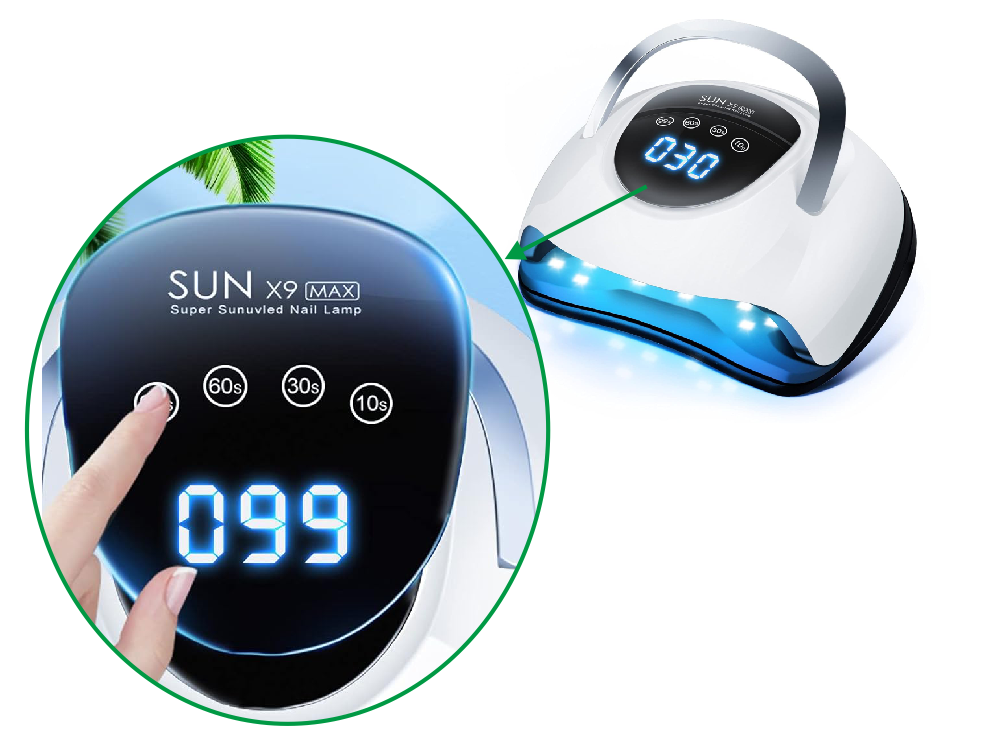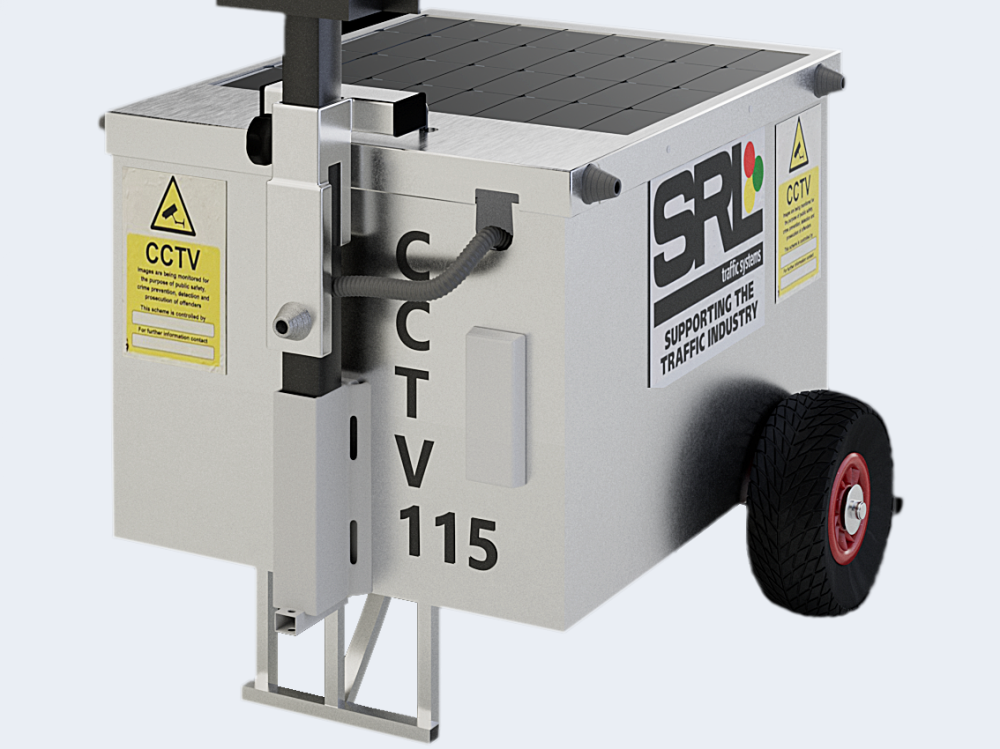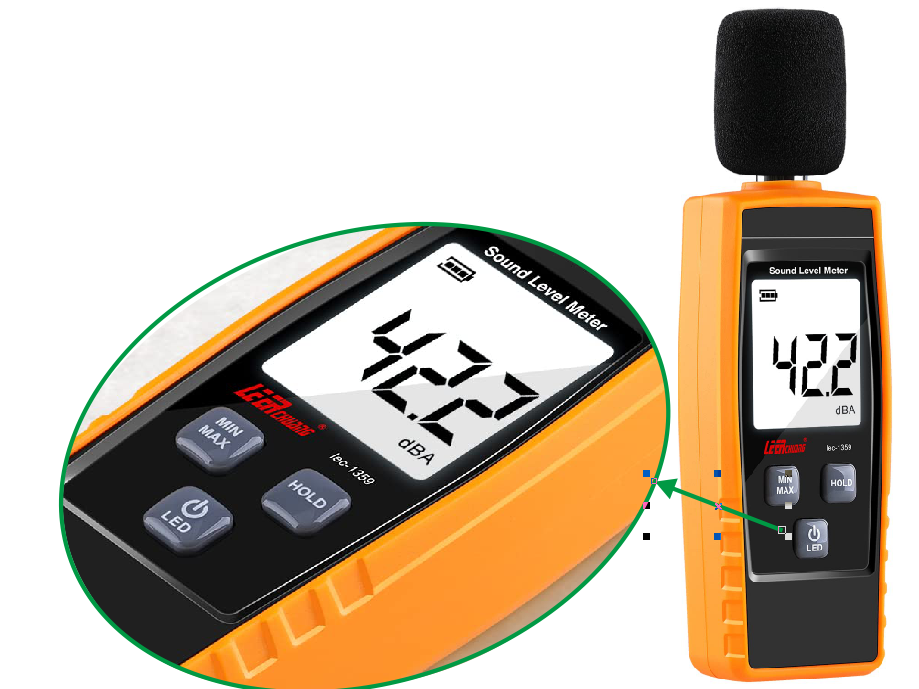Membrane switches typically have a long service life, primarily determined by their internal structure and operating principle.
Membrane switches perform switching functions by touching the surface of the membrane without physical contact involving mechanical buttons. This lack of mechanical contact reduces wear and tear between the switch components and lowers the risk of damage, leading to a longer service life.
Secondly, membrane switches are typically made of wear-resistant materials, such as polyester film. This material is highly resistant to corrosion, less prone to chemical erosion, and can withstand frequent touching for extended periods without easily wearing out, resulting in increased durability. Additionally, membrane switches are usually equipped with a sealed film or cover layer to prevent dust, liquid, and other substances from entering the interior and causing contamination. This sealed design effectively protects the switch's internal circuitry and helps prolong the lifespan of the membrane switch. Finally, membrane switches undergo rigorous testing and quality control during the design and production process to ensure stable performance, further extending the overall lifespan of the switch.
Furthermore, the membrane switch facilitates easy cleaning for users with its smooth surface, corrosion-resistant material, waterproof and dustproof features. Membrane switches are typically constructed from smooth film material without raised physical button structures or complex mechanical parts, resulting in a relatively flat and simple structure that is easy to clean. Users can simply wipe the surface with a soft cloth to swiftly eliminate dust and dirt, maintaining the switch's appearance neat and tidy.
When taken together, membrane switches are typically characterized by a long service life and ease of cleaning, primarily due to the following reasons
No Mechanical Contact Parts: The structural design of membrane switches typically does not include mechanical contact parts. Users do not need to operate them using physical buttons but instead rely on capacitance, resistance, or other technologies to generate the trigger signal. This lack of mechanical contact reduces the likelihood of wear and tear and failure of the switch parts, thereby extending the service life.
Proper sealing: Membrane switches typically utilize a sealed film or cover to prevent external contaminants, such as dust and liquids, from entering the switch's interior. This helps maintain the cleanliness of the circuit board and internal electronic components, enhancing the reliability and stability of the switch.
Easy-to-clean surface: The membrane switch surface is typically made of smooth film material without an uneven key structure, making it easy to clean. Users can use a soft cloth to wipe the surface to remove dust, dirt, and other debris, keeping the switch's appearance neat and clean. This also helps to maintain the normal function of the switch.
Membrane switches collectively offer the advantage of long life and easy cleaning in many applications due to their simple design, durability, and ease of cleaning.





